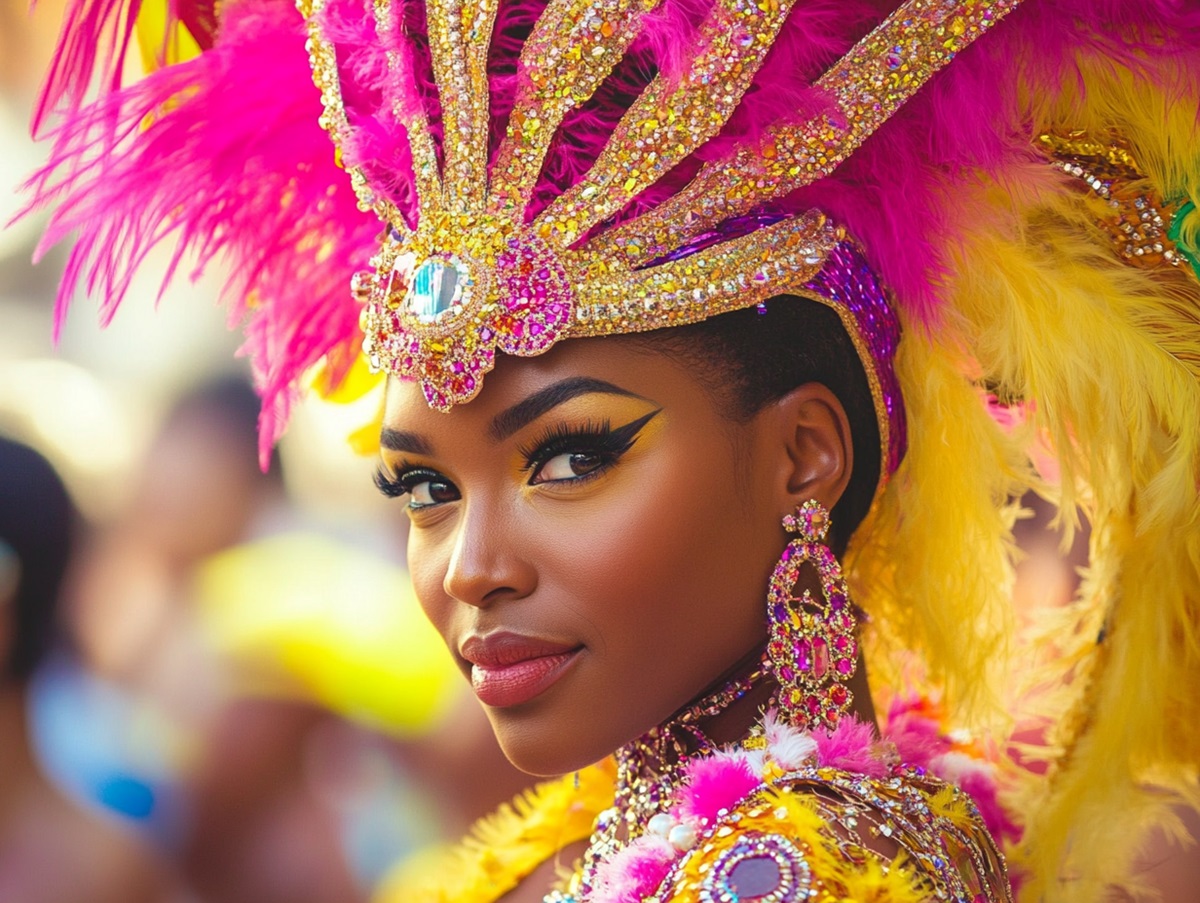
Brazil’s Carnival is a riot of color, music, and dance that mesmerizes the world. The fantastic costumes worn by the participants are arguably the most striking features of the event, turning the streets into a kaleidoscope of colors and creativity. But there is more to the costumes than meets the eye. Following are 7 surprising facts about Brazil Carnival costumes that will leave you in awe of their artistry and significance.
1. They Take Months to Make
While Carnival only lasts days, preparation for the costumes can take up to a year. Designers and artisans spend hours handcrafting everything from sewing sequins and beads to shaping elaborate headpieces. The immense labor involved highlights the dedication to making Carnival unforgettable.
2. A Single Costume Can Weigh Over 40 Pounds
Carnival costumes are not only stunning but also physically demanding. With heavy embellishments like feathers, mirrors, and rhinestones, some outfits can weigh more than 40 pounds. Dancers train rigorously to perform high-energy routines in these heavy costumes for hours.
3. Feathers Have a Special Symbolism
Feathers, a staple of Carnival costumes, are more than just eye-catching accessories. They symbolize freedom and spiritual elevation, reflecting influences from both Indigenous and African cultures. Their bright colors and abundance represent joy, vitality, and creativity.
4. They Showcase Brazil’s Diverse History
The costumes are a real reflection of vivid Brazilian multiculturalism. Many of them include elements from African, Portuguese, and Indigenous influences that blend into unique visual stories. This fusion celebrates the richness and diversity of Brazilian culture.
5. Costumes Are Often Recycled
Despite their extravagance, many Carnival costumes are reused or recycled. Samba schools, the key organizers of the Carnival parades, often reuse materials to save money and decrease environmental impact. Sustainability meets creativity as designers give new life to old elements.
6. Each Costume Tells a Story
Costumes are carefully designed to form part of a greater narrative. Samba schools build their parades around specific themes, such as historical events, myths, or social issues. Every costume contributes to the story, helping dancers and floats visually narrate their chosen theme.
7. Anyone Can Participate
While the professional samba dancers amaze onlookers, Carnival is surprisingly not an exclusive event: many samba schools allow visitors to buy a costume and enter the parade—an unforgettable experience from within.
The costumes of Brazilian Carnival are much more than amazing attires; they are traditions, stories, and symbolic representations in their best and purest form. From their significance to every intricate design detail, these costumes exemplify the passion and creativity that make Carnival beloved worldwide.
Ready to fall into the spirit of Carnival? Whether you are there to participate or spectate, the costumes will account for a visual feast themselves.



